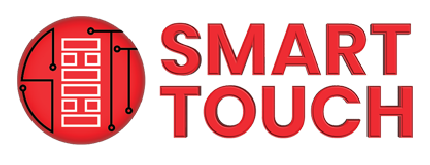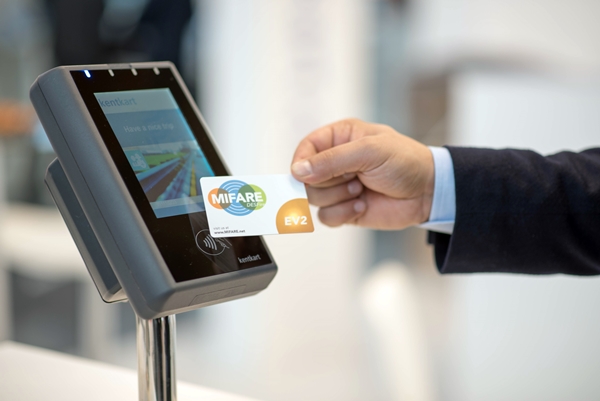
MIFARE Cards
Securely Share Information
MIFARE Cards & Technology
MIFARE smart cards are a brand of ISO 14443 Type A 13.56 MHz contactless smart card encoding technology, using read/write functionality to securely share information. MIFARE smart cards can also use 125 kHz prox card technology, allowing your cards to be multifunctional.
MIFARE technology is available in several styles, each with different abilities. This allows you to select the card style that meets your card program’s needs. MIFARE cards, fobs, and tags can store more data than a prox card, with options for 1k Byte (8k bits) or 4k Bytes (32k bits) on many of their cards.
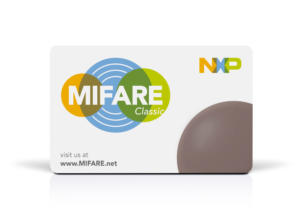
MIFARE Classic
The longest history in the MIFARE family, available in 1K and 4K memory chip with read/write capability, this is one of the most popular among the entry level products for RFID application, due mainly to its affordability.
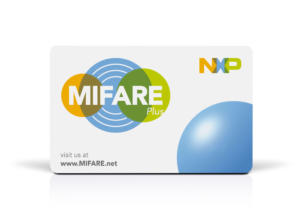
MIFARE Plus
Offered a higher level of security, it incorporates AES and DES/Triple-DES encryption standards, as well as an older proprietary encryption algorithm. This is best suited for application that requires more stringent security, such as stored value payment solutions, access control.
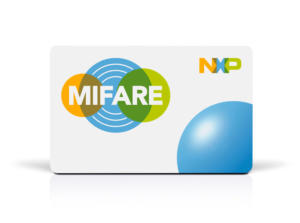
MIFARE Ultralight
Embedded with a smaller capacity memory chip ranging from 40 ~ 144Bytes, are ideal for low-cost, high-volume applications such as public transport, loyalty cards and event ticketing, serving as the perfect contactless replacement for magnetic stripe or barcode, addressing the trend of switching entire systems to purely contactless solutions.
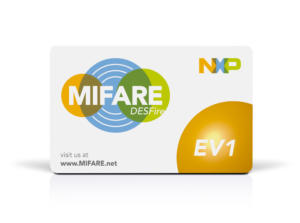
MIFARE DESFire
DESFire operating system that offers a simple directory structure with files, similar to what is typically found on contact smart cards. The product family consists of MIFARE DESFire EV1 and MIFARE DESFire EV2 products and suited for solution developers and system operators building reliable, interoperable and scalable contactless smart card solutions. It targets multi-application smart card solutions in identity, access control, loyalty and micropayment applications as well as in transport schemes.
